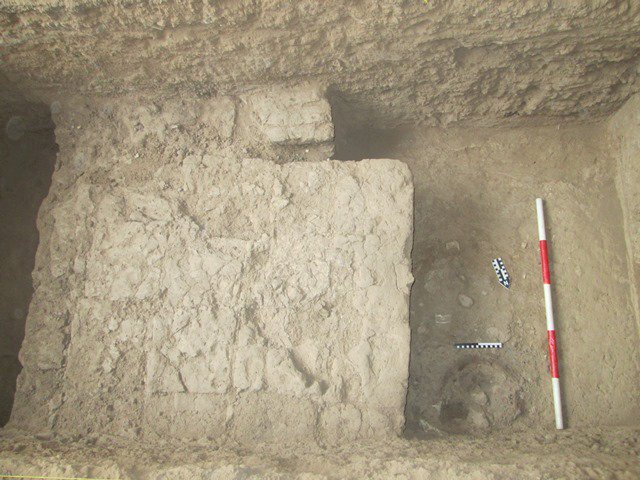Ancient clay tablet fragments discovered in mosque

TEHRAN – Two pieces of clay tablets have recently been unearthed in Jameh Mosque of Nushabad, in the central district of Aran-Bidgol County, Isfahan province, an Iranian archaeologist said on Saturday.
The discovery of these relics in a monument of the Seljuk era (1037–1194) is extremely significant, as they are mostly found at Sasanid and Parthian sites, said Reza Nuri, who presided over the archaeology excavation.
By cooperating with inscription readers, it is hoped that the content of these clay inscriptions can be decoded soon, he added.
Seljuks, also spelled Seljuks, were a ruling military family of the Oguz (Ghuzz) Turkic tribes that invaded southwestern Asia in the 11th century and eventually founded an empire that included Mesopotamia, Syria, Palestine, and most of Iran. Their advance marked the beginning of Turkish power in West Asia.
Aran-Bidgol is the gateway to the Maranjab desert and caravansary, which also draws thousands of domestic travelers each year. The desert, which is a top destination for off-readers, leads to salt lake from the north, Band-e Rig and Desert National Park from the east, Masileh Desert, Hoz-e sultan, and Moreh Lakes from the west and eventually Aran and Bidgol from the south.
Situated in Isfahan province, the town is surrounded by desert from the north and east, and thus it has a typical climate of hot and dry in summer, cold and dry in winter, and very little rainfall during the year.
ABU/AM
